An Artist's Delusion
What makes art matter?
The new year is here, and with it, reflection and new goals. 2024 wrapped up my third year as a full-time freelance book designer, and what a year it was. I had my first year of returning authors and added a few new ones. It continues to be rewarding working with indie authors; the one-on-one collaboration is fun and has created some great results. I’m enjoying working with people directly instead of going through the layers of approval typical in corporate environments.
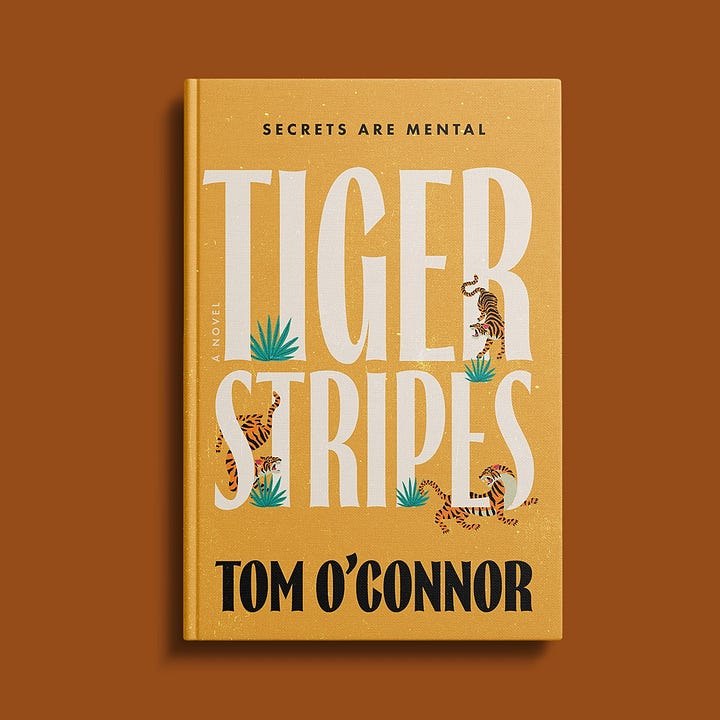
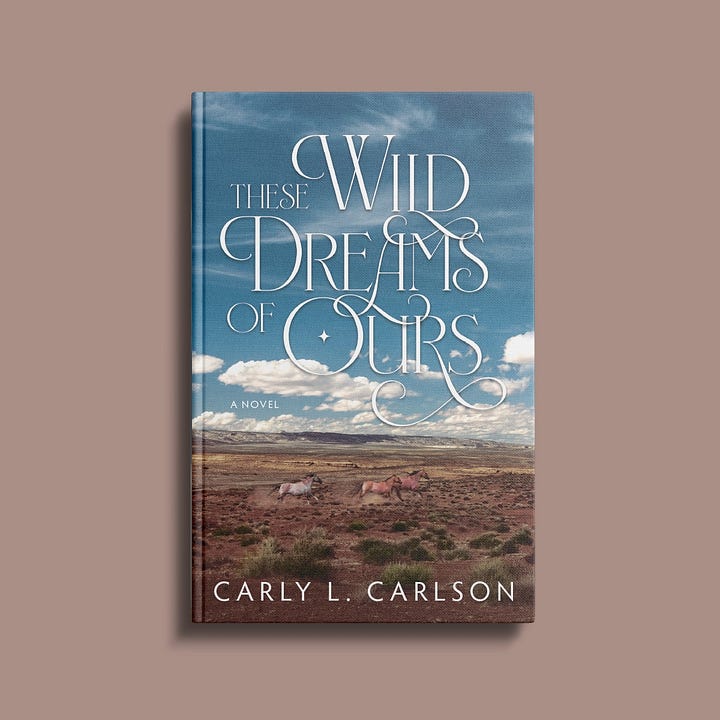
Outside of client work, I didn’t produce a lot of art and opted to focus on online courses and mindful consumption of art. I have a propensity to consume mindlessly, always saving and pinning with the intention of revisiting it, but never actually getting around to it. The mindless consuming led to an overload of ideas and into the deep well of imposter syndrome. My goal was to keep a journal of everything I saw and what stood out, learn new techniques, and to cut out using social media as a source of “inspiration”. While social media is helpful, it’s hard to stop and think about what you’re seeing. Galleries and museums can be overwhelming, but being in a space in person made it easier to tune out the noise and stand in front of a piece and really see it.
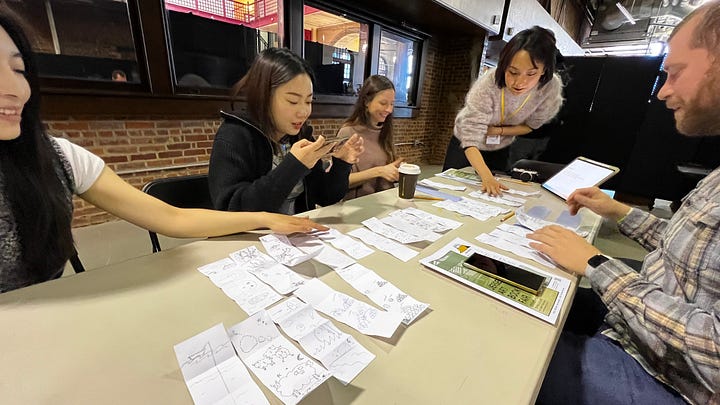
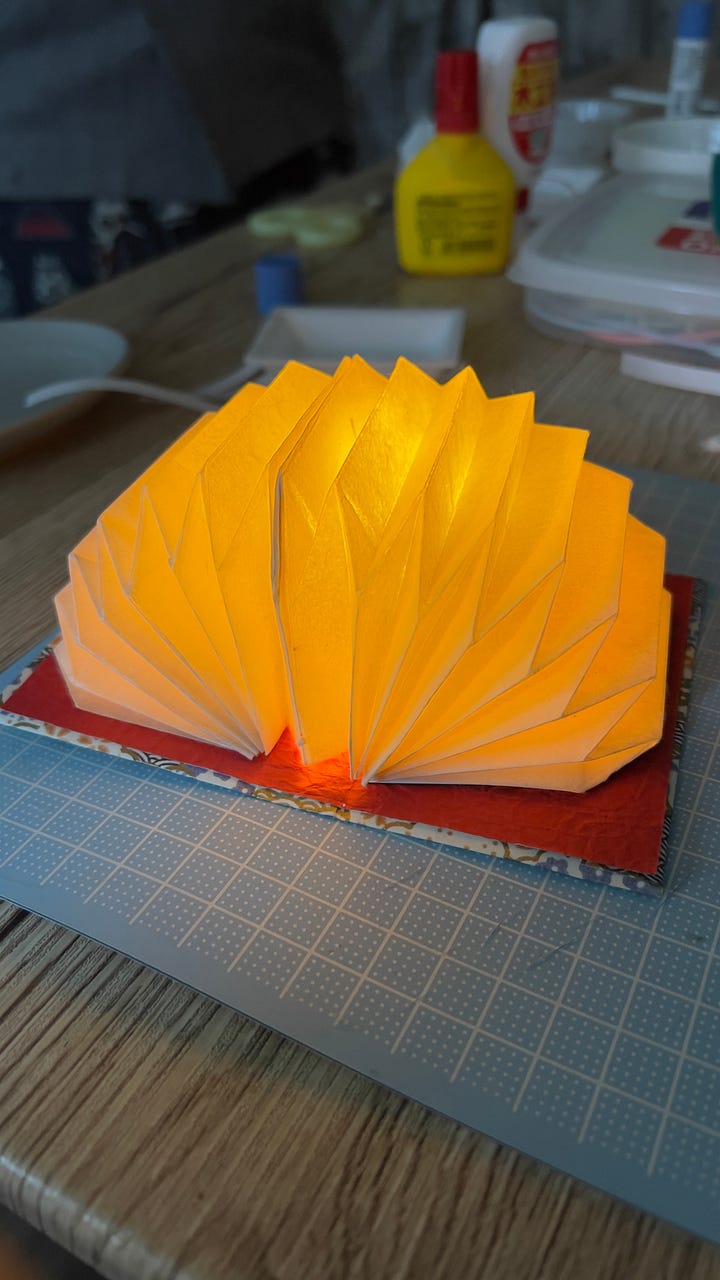
What I saw
One question that kept coming up throughout the year is, “What makes art matter?” We create for ourselves as a means of expression but—maybe this the designer part of me—we want our art to be seen and enjoyed. If people don’t see it, does it even matter?


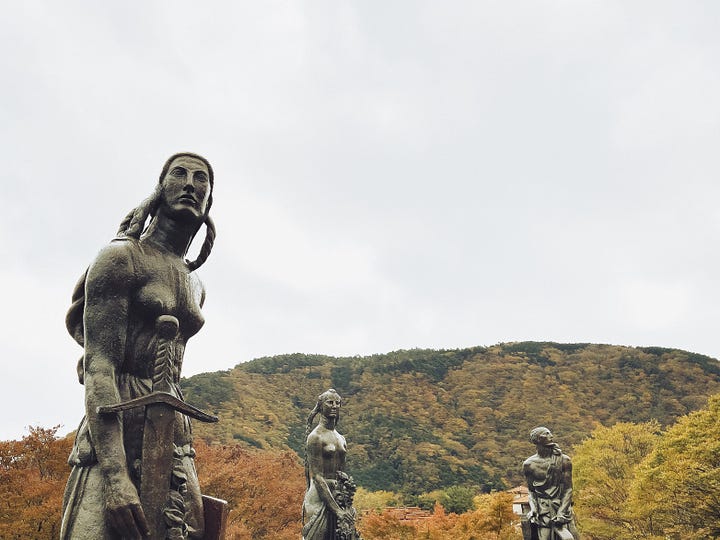
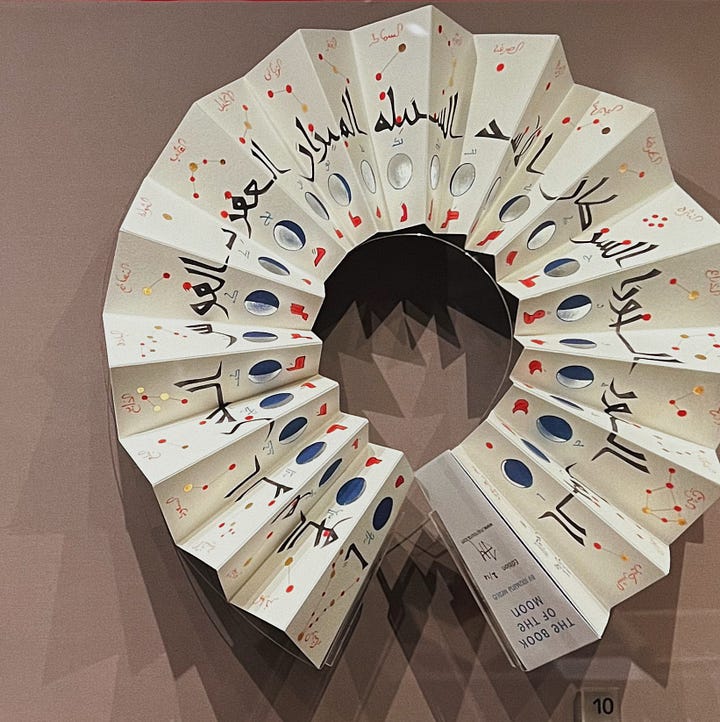
At the MOMA (Museum of Modern Art) in New York City hangs one of the most famous and loved works of art, The Starry Night by Vincent van Gogh. Nearly everyone in the gallery was drawn to this painting, ignoring all of the other great pieces around it. It was like an artistic black hole, you couldn’t help but try and catch a glimpse. On one hand, The Starry Night is a testament to the power of art to bring people together and transcend from paint on a canvas to something so much more.
It’s a beautiful experience to see how one painting can draw people in. On the other hand, to acknowledge this is to imply that all the other paintings in the room don’t have the power to affect people and are meaningless.
What I learned
I’ve never heard anyone say such explicitly—and maybe it’s all in my head—but the pressure is there to create for an audience. Largely, I think, because the larger the audience, the more monetary value an art piece has. Good art can be sold, great art can be sold for millions. There’s tension—when art/creativity is your job—to create something that is self-expressive and something that has wide appeal. Ideally, it does both. In one of my courses, I brought up this tension and asked the other artists in the class how they resolve this tension. One of them said something that I will never forget. She said that art is an offering; we create and offer it to the public, and from there, we let go of control. There’s an immense vulnerability to offering something of yourself and letting go of the outcome. The act of creating is intrinsically beautiful, and there’s a freedom to not worrying about its long-term impact and monetary value. We create for ourselves as a gift to others.
Van Gogh may have never seen the impact that his painting would have on people, but in its early unknown state, it was still a fully realized and meaningful work of art. Rick Rubin says in his book, The Creative Act: A Way of Being, that great art is to “make it for no other purpose than creating our version of the beautiful, bringing all of ourself to every project… We do the best, as we see the best—with our own taste. No one else’s.”
Through my work I’d like to show what there is in the heart of such an oddity, such a nobody.
— Vincent van Gogh
Conclusion
It seems delusional to think one’s thoughts or feelings are a worthy offering to others and the world. But to tie it back to the man whose work sparked these thoughts, in a letter to his brother, van Gogh wrote,
“I want to reach the point where people say of my work, that man feels deeply and that man feels subtly. Despite my so-called coarseness—you understand—perhaps precisely because of it. It seems pretentious to talk like this now, but that’s why I want to push on.
What am I in the eyes of most people? A nonentity or an oddity or a disagreeable person—someone who has and will have no position in society, in short a little lower than the lowest.
Very well—assuming that everything is indeed like that, then through my work I’d like to show what there is in the heart of such an oddity, such a nobody.
This is my ambition, which is based less on resentment than on love in spite of everything, based more on a feeling of serenity than on passion.
Even though I’m often in a mess, inside me there’s still a calm, pure harmony and music.”
I’d love to hear your thoughts. Why do you love to view art and/or create? The creative journey is one of continual learning, let me know your thoughts and experiences!




Until talking with you I never realized how important art was for setting the stage for life. It adorns and subtly shows us the value of the adorned. Our trip to the Lincoln memorial and the national archive finally made it click.